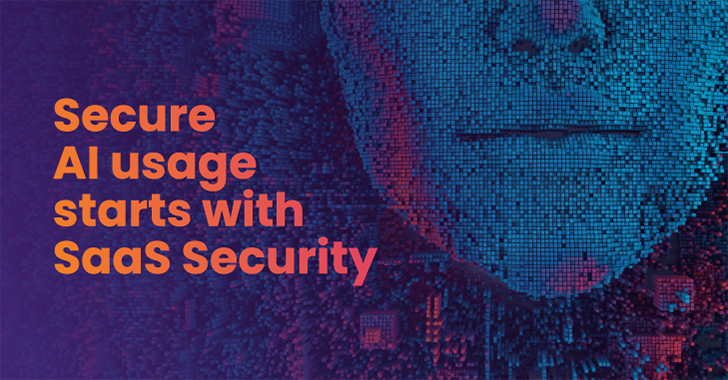
In today’s fast-paced digital landscape, the widespread adoption of AI (Artificial Intelligence) tools is transforming the way organizations operate. From chatbots to generative AI models, these SaaS-based applications offer numerous benefits, from enhanced productivity to improved decision-making. Employees using AI tools experience the advantages of quick answers and accurate results, enabling them to perform their jobs more effectively and efficiently. This popularity is reflected in the staggering numbers associated with AI tools.
OpenAI’s viral chatbot, ChatGPT, has amassed approximately 100 million users worldwide, while other generative AI tools like DALL·E and Bard have also gained significant traction for their ability to generate impressive content effortlessly. The generative AI market is projected to exceed $22 billion by 2025, indicating the growing reliance on AI technologies.
However, amidst the enthusiasm surrounding AI adoption, it is imperative to address the concerns of security professionals in organizations. They raise legitimate questions about the usage and permissions of AI applications within their infrastructure: Who is using these applications, and for what purposes? Which AI applications have access to company data, and what level of access have they been granted? What is the information employees share with these applications? What are the compliance implications?
The importance of understanding which AI applications are in use, and the access they have cannot be overstated. It is the basic yet imperative first step to both understanding and controlling AI usage. Security professionals need to have full visibility into the AI tools utilized by employees.
This knowledge is crucial for three reasons:
1) Assessing Potential Risks and Protecting Against Threats
It enables organizations to assess the potential risks associated with AI applications. Without knowing which applications are being used, security teams cannot effectively evaluate and protect against potential threats. Each AI tool presents a potential attack surface that must be accounted for: Most AI applications are SaaS based and require OAuth tokens to connect with major business applications such as Google or O365. Through these tokens malicious players can use AI applications for lateral movement into the organization. Basic applications discovery is available with free SSPM tools and is the basis for securing AI usage.
Moreover, the knowledge of which AI applications are used within the organization helps prevent the inadvertent use of fake or malicious applications. The rising popularity of AI tools has attracted threat actors who create counterfeit versions to deceive employees and gain unauthorized access to sensitive data. By being aware of the legitimate AI applications and educating employees about them, organizations can minimize the risks associated with these malicious imitations.
2) Implementing Robust Security Measures based on Permissions
Identifying the permissions AI applications were granted by employees, helps organizations implement robust security measures. Different AI tools may have varying security requirements and potential risks. By understanding the permissions AI applications were granted, and whether or not these permissions present risk, security professionals can tailor their security protocols accordingly. Ensuring that appropriate measures are in place to protect sensitive data, and preventing excessive permissions is the natural second step to follow visibility.
3) Managing the SaaS Ecosystem Effectively
Understanding AI application usage allows organizations to take action and manage their SaaS ecosystem effectively. It provides insights into employee behavior, identifies potential security gaps, and enables proactive measures to mitigate risks (revoking permissions or employee access, for example). It also helps organizations comply with data privacy regulations by ensuring that data shared with AI applications is adequately protected. Monitoring for unusual AI onboarding, inconsistency in usage or simply revoking access to AI applications that should not be used are easily available security steps that CISOs and their teams can take today.
In conclusion, AI applications bring immense opportunities and benefits to organizations. However, they also introduce security challenges that must be addressed. While AI-specific security tools are still in their early stages, security professionals should utilize existing SaaS discovery capabilities and SaaS Security Posture Management (SSPM) solutions to address the fundamental question that serves as the foundation for secure AI usage: Who in my organization is using which AI application and with what permissions? Answering these fundamental questions can be easily accomplished using available SSPM tools, saving valuable hours of manual labor.






